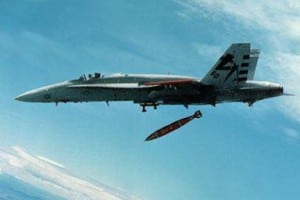
Within the next week, the Marine Corps will ground its entire fleet of F/A-18 Hornet jets for 24 hours to evaluated the health of the aircraft and evaluate training and maintenance practices.Responding to two F/A-18 crashes within the past week, Deputy Commandant for Aviation Lt. Gen. Jon Davis has directed wing commanders to conduct a one-day “operational pause” during which none of the legacy aircraft will fly, according to service spokeswoman Capt. Sarah Burns.The Marine Corps maintains 12 active squadrons…

 By
By 











